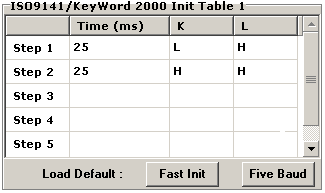
Figure 1 - Init table option in hardware explorer.
UART Initialization Waveforms - neoVI
Main
Applies to
neoVI Blue, neoVI Red,
neoVI FIRE, and neoVI Yellow
Some UART standards such as Keyword 2000 and ISO9141 require you to initialize an ECU before attempting to send messages to it. Usually this initialization involves signaling on either or both of the K and L line. You can select the initialization from the Init table section of the ISO9141/KeyWord 2000/K-Line section of the hardware Explorer (figure 1)

Figure 1 - Init table option in hardware explorer.
You can cause a initialization to occur on the network by clicking the Init column in Vehicle Spy or setting the init flag in the status bit-field in the message you send via the DLL. The message can have no data bytes (for five baud initialization for example).
neoVI supports the standard initializations like Fast Init and Five Baud. Also, neoVI also offers a custom initialization because there has been a variety of initialization implementations.
For custom initializations you can have a 16 step waveform. This is defined in the custom initialization table in hardware explorer. Each step can last up to 32.767 seconds and can control both the K and the L line.

Figure 2 - You can select the init type from
the drop down list in neoVI explorer.
Table 1 - Initialization options in Vehicle Spy
| Initialization | Description |
| Fast Init | A 25 ms low on the K line followed by a 25 ms high followed by the start communication message |
| Five Baud | Address 0x55 transmitted at 5 Baud (0.125 ms / bit) |
| Custom | Waveform is user defined by a sixteen entry table |
| neoVI Documentation - (C) Copyright 2000-2020 Intrepid Control Systems, Inc. |
Last Update: Saturday, March 21, 2009